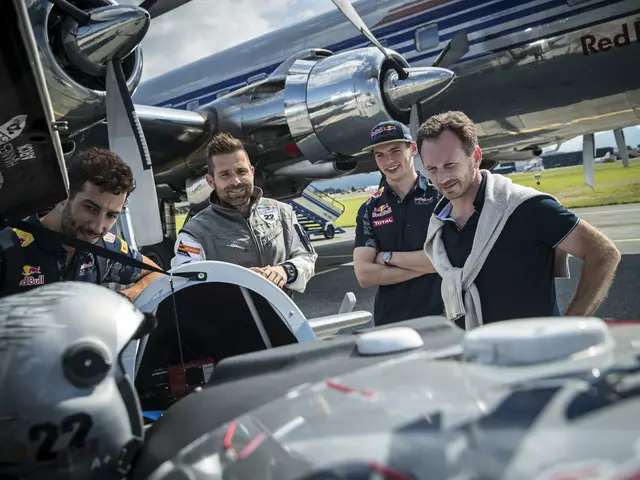Motorsport: Understanding Pole Position and Racing Terms
Ever wondered why the front spot on the grid is called "pole position"? It’s more than just a fancy name – it’s the spot that gives a driver the best shot at a win. In this guide we’ll break down what pole position really means, where the term comes from, and why it still matters in every race you watch.
What Is Pole Position?
Pole position is the first place on the starting grid. The driver who claims it has set the fastest lap in qualifying, so they line up at the front when the lights go out. Being at the front shortens the distance to the finish line and lets the driver see the track without traffic in front. That clear view can mean fewer mistakes and a better chance to control the race from the start.
Why the Name Matters
The phrase "pole position" dates back to the 1911 Indianapolis 500. Back then officials marked the front spot with a literal pole to show it was the lead position. Over time the pole became a symbol for the most advantageous spot on any track. Today, drivers and fans still use the term to talk about that prized front‑row start.
Getting pole isn’t just about bragging rights. Statistics show that the driver on pole wins a larger share of races than anyone else. The clean air at the front reduces drag, and the driver can choose the racing line without battling slower cars right away. In tight circuits, starting from pole can even let you avoid the first‑lap chaos that often decides a race.
But pole isn’t a guarantee. Weather changes, tyre wear, or a brilliant overtaking move can flip the script. That’s why teams work hard on qualifying setups – they want the fastest single lap, not just a solid race pace. The balance between a perfect qualifying run and a race‑ready car is a constant juggling act for engineers.
At British MotoSport Parts we see the excitement around pole position grow with every event. Whether you’re into road racing, superbike series, or classic car events, the concept stays the same: the fastest driver earns the front spot, and that advantage can be the difference between a podium finish and a mid‑pack scramble.
So next time you hear the announcer shout, "He’s on pole!" you’ll know exactly why that mattered. It’s the result of a perfect lap, a nod to over a century of racing history, and a crucial factor that can tip the scales in any competition.
Stay tuned to British MotoSport Parts for more motorsport insights, news, and gear that keeps you connected to the track. Whether you’re fixing a bike, upgrading a tyre, or just keeping up with the latest race stories, we’ve got you covered.



